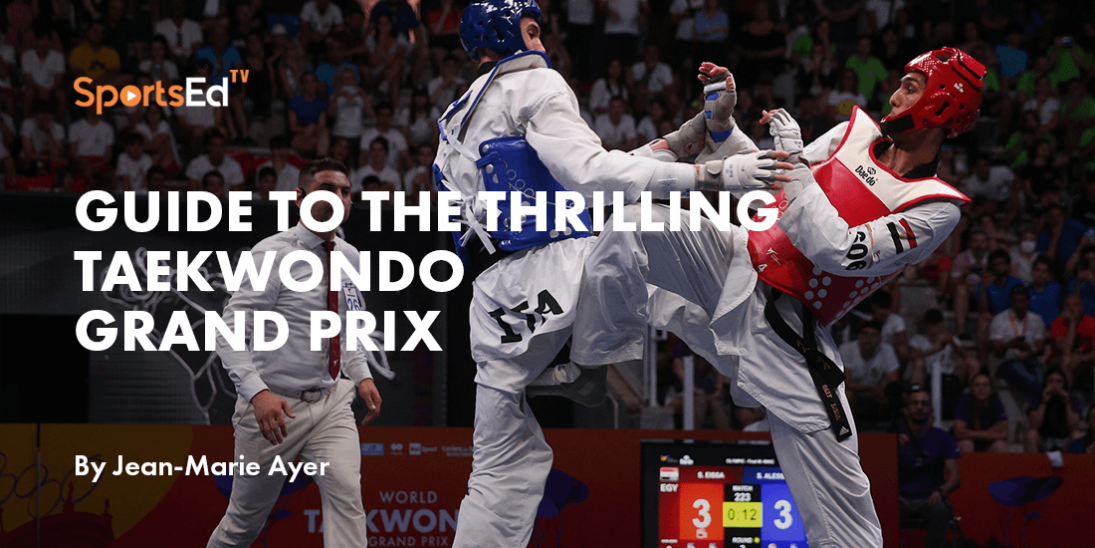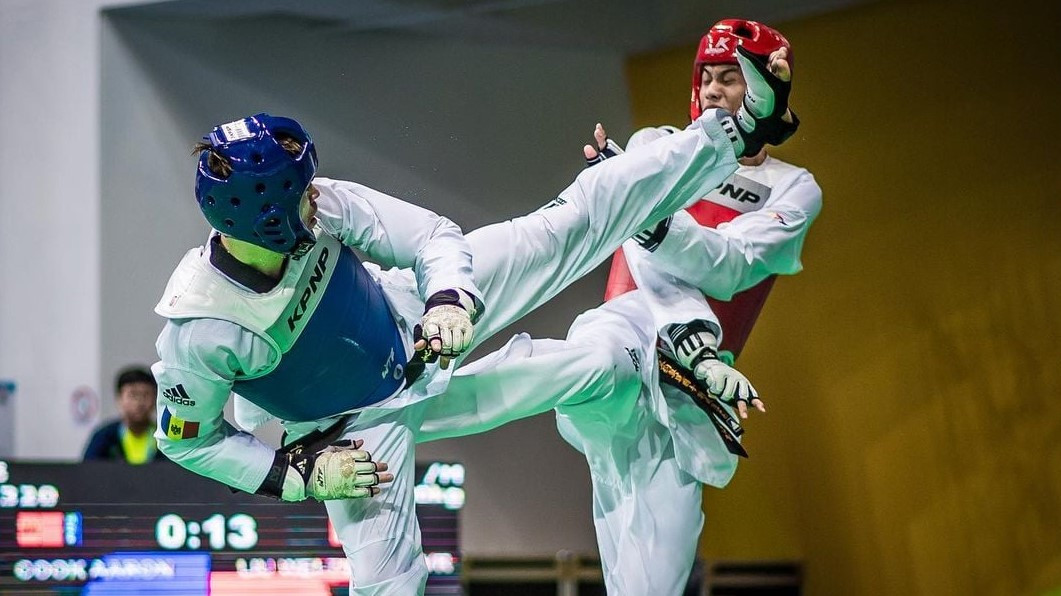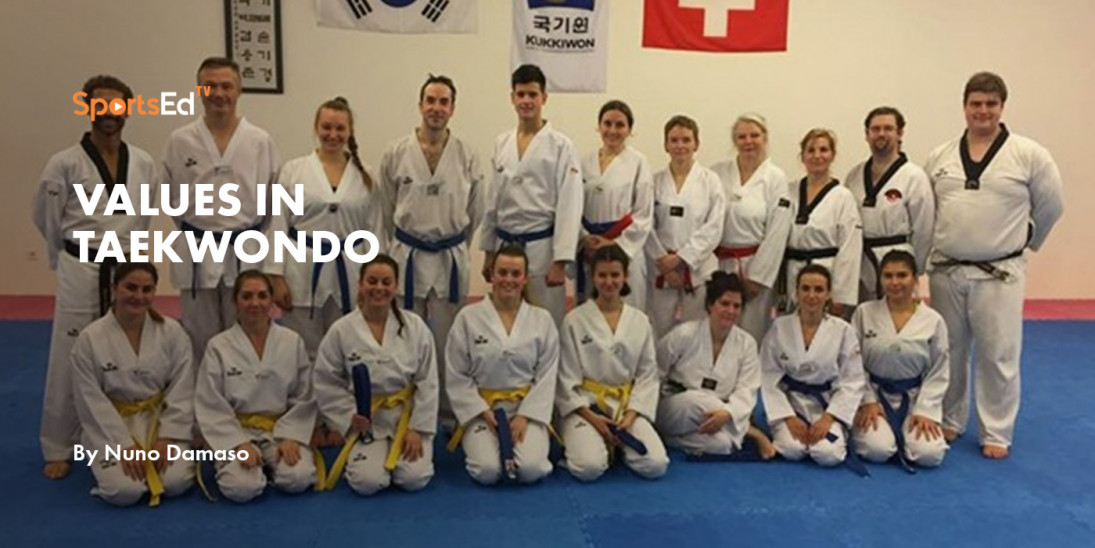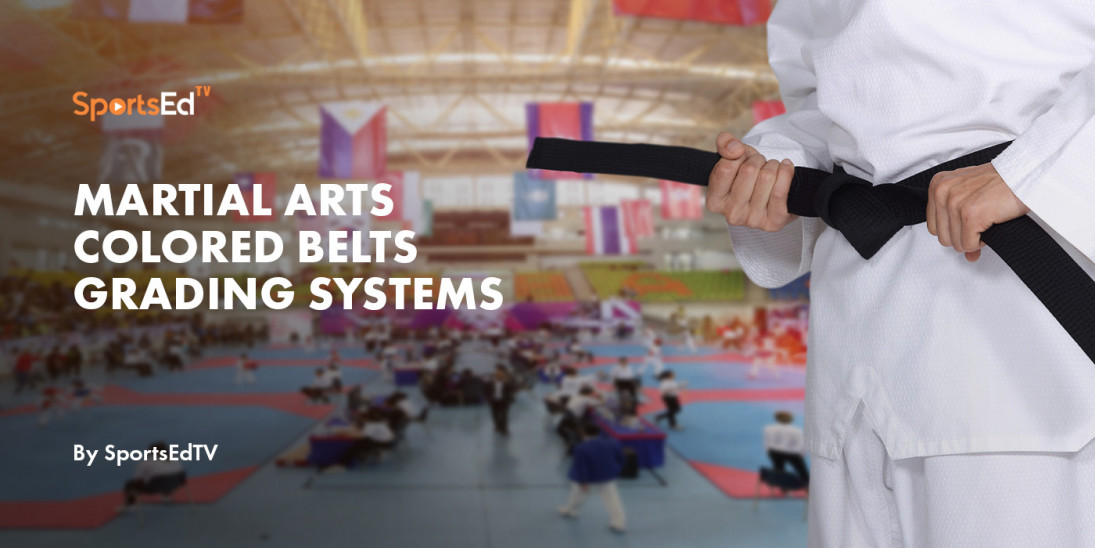Taekwondo
Welcome and thanks for visiting...

The Ultimate Guide to the Thrilling Taekwondo Grand Prix: Unleashing the Power of Martial Arts

Taekwondo is a dynamic and thrilling sport originating in ancient Korean combat techniques. The Taekwondo Grand Prix is a premier tournament that showcases the best of the best in the sport. It is a mesmerizing spectacle of skill, strength, and strategy.
From lightning-fast kicks to awe-inspiring acrobatics, the athletes competing in the Grand Prix leave spectators in awe with their breathtaking displays of power and precision.
This guide will take you on a journey through the history, rules, and most memorable moments of the Taekwondo Grand Prix. Whether you are a fan or a competitor, this is your chance to learn more about the Grand Prix and its place in Taekwondo.
What is the Taekwondo Grand Prix?
The World Taekwondo Grand Prix is a top-tier taekwondo competition held four times yearly in each Olympic weight category. It consists of three Grand Prix series and one Grand Prix Final.
The Grand Prix was introduced by World Taekwondo (WT) in 2013 to provide a homogeneous system for qualification to the Olympic Taekwondo tournament and the athlete ranking system. Athletes who compete in and win medals at the Grand Prix will earn a significant number of ranking points, which will help them to improve their world ranking.
The Grand Prix has been held in a number of different cities around the world, including Paris, Manchester, Rome, Talyuan, and Manchester. The 2023 Grand Prix will be held in Paris, Rome, Talyuan, and Manchester.
The Grand Prix has been a significant success since its inception. It has helped to raise the profile of taekwondo worldwide and provided a more consistent and fair qualification system for the Olympics. The Grand Prix is now one of the most prestigious taekwondo tournaments in the world, and it is a great opportunity for athletes to compete against the best in the world and to qualify for the Olympics.
Here are some of the key moments in the history of the World Taekwondo Grand Prix:
2013: The first Grand Prix is held in Manchester, England.
2014: The Grand Prix Final is held for the first time.
2016: The Grand Prix is included as a qualification event for the Rio Olympics.
2018: The Grand Prix is held in Rome, Italy, for the first time.
2020: The Grand Prix is included as a qualification event for the Tokyo Olympics.
2022: The Grand Prix is held in Paris, France, for the first time.
In addition to the prestige and opportunity to qualify for the Olympics, the Grand Prix also offers a substantial financial reward for the winners. The gold medalists in each weight category earn $10,000, the silver medalists earn $5,000, and the bronze medalists earn $2,500.
Rules and regulations of the Taekwondo Grand Prix
The Taekwondo Grand Prix is a top-tier taekwondo competition that follows the rules and regulations set by World Taekwondo (WT). These rules ensure fair competition and prioritize the safety of the athletes.
Here are some key rules and regulations you should know about:
- The Grand Prix is a single-elimination tournament with two bronze medals awarded. This means that there are 32 athletes per weight category, and the top 3 athletes will win a medal. The match time is the best of 3 systems, with each round lasting 2 minutes. There is a 1-minute break between rounds. The best-of-3 system means that each match in the Grand Prix consists of three rounds, and the first athlete to win two rounds wins the match. If the match is tied after two rounds, there will be a third and deciding round.
- The Grand Prix Series is a grade 6 tournament, which means that the basic number of ranking points awarded to athletes is multiplied by six. The specific number of ranking points awarded for a Grand Prix medal depends on the athlete's finishing position. For example, the winner of a Grand Prix tournament will earn 60 ranking points, the second-place finisher will earn 36, and the third-place finisher will earn 21.6. The Grand Prix Final is a grade 10 tournament.
- Athletes can qualify for the Grand Prix through various methods, including world ranking, qualification through the Grand Prix challenge tournament, and wild card spots. At a GP Series event, a total of 31 athletes for both men and women per weight category are selected based on their ranks under the WT Olympic Ranking and result from a Grand Prix Challenge event (there is one spot for the host country). At a GP Final event, a total of 16 athletes for both men and women per weight category are selected based on their ranks under the WT Olympic Ranking.
- The Grand Prix is divided into different weight categories, allowing athletes to compete against opponents of similar size and weight. This ensures a level playing field and minimizes the risk of injury.
- Taekwondo matches are scored based on successful strikes to specific target areas. Kicks to the trunk, head, and face are awarded different point values, with headshots being the most valuable. The scoring system encourages athletes to aim for high-impact techniques while maintaining control and precision.
- Athletes competing in the Taekwondo Grand Prix must wear protective gear, including helmets, chest protectors, shin guards, and forearm guards. These gears are designed to minimize the risk of injury and provide a safe environment for the athletes to showcase their skills.
- The referees in the Grand Prix closely monitor the matches and enforce the rules. Athletes can receive penalties for actions such as excessive force, intentional fouls, or unsportsmanlike behavior. Penalties can result in point deductions or disqualification, depending on the severity of the offense.
Key competitors and their achievements in the Taekwondo Grand Prix
The Taekwondo Grand Prix is a prestigious taekwondo competition that attracts the best athletes worldwide. The tournament is highly competitive, and athletes vie for the coveted title and the opportunity to cement their legacy in the sport.
Let's look closely at some of the key competitors and their achievements in the Taekwondo Grand Prix.

- Aaron Cook (Great Britain): Known for his lightning-fast kicks and explosive style, Aaron Cook has become a force to be reckoned with in the Taekwondo Grand Prix. He has won multiple gold medals in the tournament and is known for his incredible speed and accuracy.
- Jade Jones (Great Britain): Jade Jones, also known as "The Headhunter," is a Taekwondo superstar who has dominated the women's division of the Grand Prix. She has won multiple gold medals, showcasing her exceptional kicking ability and tactical prowess.
- Bianca Walkden (Great Britain): is a two-time Olympic gold medalist and a two-time Grand Prix champion. She is also a former world champion.
- Wu Jingyu (China): Wu Jingyu is a Taekwondo icon known for her technical brilliance and precision. She has won multiple gold medals in the Grand Prix, establishing herself as one of the sport's greatest athletes.
- Dae-Hoon Lee (South Korea): Dae-Hoon Lee is a formidable competitor who has consistently performed at the highest level in the Taekwondo Grand Prix. Known for his strategic approach and lightning-fast kicks, he has won multiple medals, including gold.
These competitors, among many others, have left an indelible mark on the Taekwondo Grand Prix, showcasing their skills, determination, and unwavering spirit. Their achievements inspire aspiring athletes and fans of the sport, highlighting the incredible talent that the tournament attracts.
Strategies and tactics used by athletes in the Taekwondo Grand Prix
The Taekwondo Grand Prix is a high-level competition that tests athletes' physical prowess, strategy, and tactics. Athletes use a variety of strategies to gain an advantage over their opponents and secure victory.
Some common strategies include:
Distance management: Athletes use footwork and feints to maintain the optimal distance from their opponents, making it difficult for them to launch effective attacks while positioning themselves for counterattacks.
Timing and rhythm: Athletes carefully study their opponents' patterns and timing, looking for openings to exploit. They use quick bursts of speed and well-timed attacks to catch their opponents off guard and score points.
Counterattacks and feints: Athletes often use counterattacks and feints to lure their opponents into making mistakes and then capitalize on them. By faking movements or enticing their opponents to attack, athletes create opportunities to counter with powerful strikes.
Strategic point accumulation: Every point matters in the Taekwondo Grand Prix, and athletes strategically accumulate points throughout the match. They aim to score points early to establish a lead and then focus on maintaining it by playing a more defensive game. This strategic approach requires athletes to balance offense and defense, knowing when to attack and when to defend.
Adapting to opponents: The best Taekwondo athletes are masters of adaptation. They study their opponents' strengths, weaknesses, and tendencies and adjust their strategies accordingly. By analyzing their opponents' techniques and preferences, athletes can exploit vulnerabilities and find openings to score points.
These are just a few of the strategies and tactics athletes use in the Taekwondo Grand Prix. The ability to think on their feet, adapt to different situations, and execute game plans with precision is what sets these athletes apart and makes the matches both thrilling and unpredictable.








